-
 Bitcoin
Bitcoin $118600
-2.59% -
 Ethereum
Ethereum $4282
-0.42% -
 XRP
XRP $3.129
-4.21% -
 Tether USDt
Tether USDt $0.0000
0.01% -
 BNB
BNB $805.4
-1.80% -
 Solana
Solana $174.3
-5.77% -
 USDC
USDC $0.9998
-0.01% -
 Dogecoin
Dogecoin $0.2230
-6.33% -
 TRON
TRON $0.3466
1.70% -
 Cardano
Cardano $0.7745
-5.73% -
 Chainlink
Chainlink $21.37
-3.53% -
 Hyperliquid
Hyperliquid $42.93
-7.25% -
 Stellar
Stellar $0.4324
-4.94% -
 Sui
Sui $3.660
-7.17% -
 Bitcoin Cash
Bitcoin Cash $591.6
2.72% -
 Hedera
Hedera $0.2467
-7.04% -
 Ethena USDe
Ethena USDe $1.001
0.00% -
 Avalanche
Avalanche $22.92
-6.14% -
 Litecoin
Litecoin $118.8
-3.79% -
 Toncoin
Toncoin $3.378
-0.46% -
 UNUS SED LEO
UNUS SED LEO $9.011
-1.15% -
 Shiba Inu
Shiba Inu $0.00001294
-5.81% -
 Uniswap
Uniswap $11.24
0.53% -
 Polkadot
Polkadot $3.870
-6.16% -
 Cronos
Cronos $0.1662
-1.68% -
 Dai
Dai $1.000
0.02% -
 Ethena
Ethena $0.7915
-5.62% -
 Bitget Token
Bitget Token $4.414
-1.65% -
 Monero
Monero $259.3
-3.85% -
 Pepe
Pepe $0.00001120
-8.29%
How do I set transaction fees in Atomic Wallet?
In Atomic Wallet, transaction fees are set indirectly through priority levels like "Low" or "High," affecting confirmation speed and cost based on network conditions.
Mar 30, 2025 at 12:29 pm
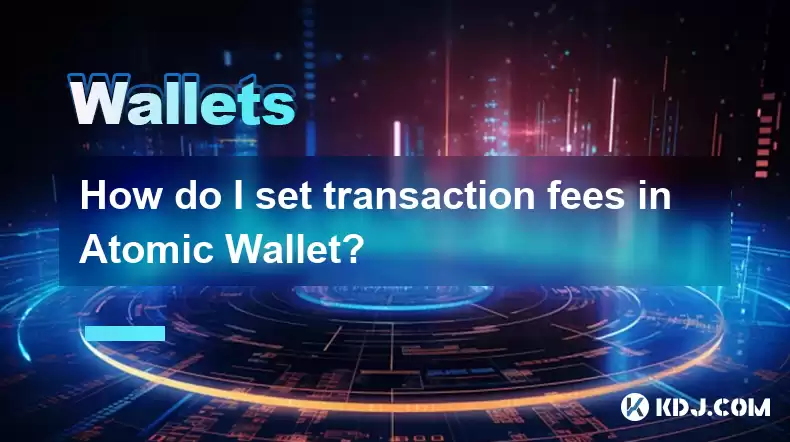
Understanding Transaction Fees in Atomic Wallet
Atomic Wallet, like other cryptocurrency wallets, charges transaction fees to process your transactions on the blockchain. These fees are paid to miners or validators who verify and add your transaction to the blockchain. The amount of the fee significantly impacts the speed at which your transaction is confirmed. Higher fees generally result in faster confirmation times. Understanding how to adjust these fees is crucial for efficient and cost-effective cryptocurrency management. The fees are denominated in the cryptocurrency you're sending, not a fixed fiat currency.
Setting Transaction Fees: A Step-by-Step Guide
The process of setting transaction fees in Atomic Wallet isn't directly controlled through a simple "fee" input field. Instead, it's managed indirectly through the selection of a priority level. Atomic Wallet offers several pre-set options that influence the transaction fee. This approach simplifies the process for users less familiar with the technical aspects of blockchain transaction fees. Here’s how you can adjust your transaction fees:
Open the Send Screen: Initiate a transaction as you normally would within Atomic Wallet. Navigate to the send screen for the specific cryptocurrency you wish to send.
Review the Default Fee: Before modifying anything, carefully review the default fee suggested by Atomic Wallet. This default is usually a balanced option, providing a reasonable confirmation time without excessively high fees.
Select the Priority Level: Atomic Wallet typically offers several priority levels, such as "Low," "Medium," "High," or similar options. Choosing "Low" will result in a lower fee but a potentially longer confirmation time. Conversely, "High" will charge a higher fee for faster confirmation. The specific labels might vary slightly depending on the cryptocurrency and Atomic Wallet updates.
Confirm the Transaction: Once you’ve selected your desired priority level (and thus indirectly set your transaction fee), review all transaction details, including the recipient address and the amount. Confirm the transaction to initiate the process.
Monitor the Transaction: After confirmation, you can track your transaction's progress within Atomic Wallet. The time it takes to confirm will depend on the network's congestion and the priority level you selected.
Factors Affecting Transaction Fees
Several factors influence the transaction fees you'll encounter in Atomic Wallet, even with the same priority level. These include:
Network Congestion: High network activity on the specific blockchain (e.g., Bitcoin, Ethereum) leads to increased competition for transaction processing, driving up fees. When the network is busy, even a "High" priority might take longer than usual.
Cryptocurrency Volatility: The value of the cryptocurrency itself fluctuates, directly affecting the fiat value of the transaction fee. A higher cryptocurrency price means a higher fee in terms of fiat currency.
Transaction Size: Larger transactions (in terms of data size) typically incur higher fees. This is because more computational power is needed to process them.
Atomic Wallet Updates: Atomic Wallet occasionally updates its fee estimation algorithms. This can lead to slight variations in the fees suggested for the same priority level over time.
Choosing the Right Transaction Fee
The optimal transaction fee is a balance between speed and cost. There's no universally "best" fee. Consider these points:
Time Sensitivity: If you need the transaction confirmed quickly (e.g., for a time-sensitive purchase), opt for a higher priority level and accept the higher fee.
Budget Constraints: If you're on a tight budget, choose a lower priority level, accepting a potentially longer confirmation time. It's important to balance your budget with the potential risks of slow confirmations.
Network Conditions: Monitor the network conditions before sending. If the network is congested, a higher priority might be necessary to ensure timely confirmation. Atomic Wallet may provide network status information to assist you.
Common Questions and Answers
Q: What happens if I choose a low priority and my transaction fails?
A: A low-priority transaction might take a considerable time to confirm, or it might fail altogether if the fee is insufficient to incentivize miners/validators to process it. The funds will generally remain in your Atomic Wallet. You can then try again with a higher priority.
Q: Can I manually input a specific transaction fee in Atomic Wallet?
A: No, Atomic Wallet does not allow for manual fee input. The system uses pre-set priority levels to indirectly manage transaction fees. This simplifies the process for users but limits precise fee control.
Q: Why are my transaction fees different each time I send cryptocurrency?
A: Transaction fees vary due to network congestion, cryptocurrency price fluctuations, transaction size, and Atomic Wallet's fee estimation algorithm updates. These factors are all dynamic and change constantly.
Q: Are the transaction fees in Atomic Wallet competitive compared to other wallets?
A: Atomic Wallet aims for competitive fees, but the actual fees depend on the factors mentioned above. Comparing fees across different wallets requires considering the same priority level and network conditions at the same time. Direct comparison isn't always straightforward.
Q: What cryptocurrencies support fee adjustments in Atomic Wallet?
A: Most cryptocurrencies supported by Atomic Wallet allow for fee adjustments through the priority level system. However, the specific options and their impact might vary slightly depending on the blockchain and its current state. Check the specific cryptocurrency's information within the Atomic Wallet interface.
Disclaimer:info@kdj.com
The information provided is not trading advice. kdj.com does not assume any responsibility for any investments made based on the information provided in this article. Cryptocurrencies are highly volatile and it is highly recommended that you invest with caution after thorough research!
If you believe that the content used on this website infringes your copyright, please contact us immediately (info@kdj.com) and we will delete it promptly.
- Memecoins, Corporate Treasury, and the New Frontier: A NYC Perspective
- 2025-08-12 14:30:13
- Dogecoin, Presale, Surge: Riding the Meme Coin Wave
- 2025-08-12 11:10:12
- Dogecoin, Tron, and the ROI Reality Check: What's a Crypto Investor to Do?
- 2025-08-12 11:15:12
- Ethereum Layer-2 Scaling Competition Heats Up as ETH Breaks $4K
- 2025-08-12 10:30:12
- China Regulation, Stablecoins, and BNB Presale: Navigating the Crypto Landscape
- 2025-08-12 11:30:12
- Meme Coins, Investment, and Token Burns: What's Hot in 2025?
- 2025-08-12 10:30:12
Related knowledge
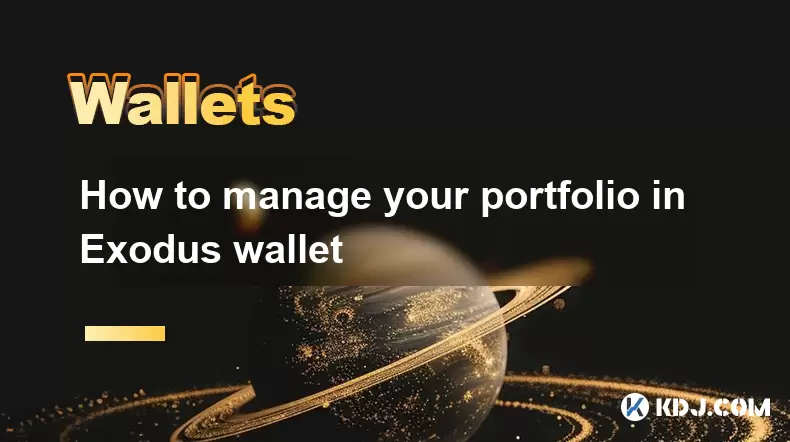
How to manage your portfolio in Exodus wallet
Aug 08,2025 at 10:07pm
Understanding the Exodus Wallet InterfaceThe Exodus wallet is a non-custodial cryptocurrency wallet that supports a wide range of digital assets. When...
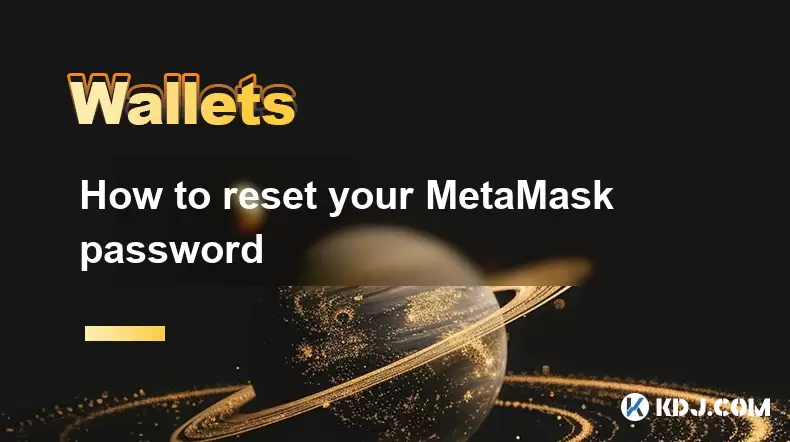
How to reset your MetaMask password
Aug 08,2025 at 01:28pm
Understanding the MetaMask Password Reset ProcessMany users confuse the MetaMask password with the seed phrase or private key, but they serve differen...

How to buy Dogecoin on MetaMask
Aug 08,2025 at 03:42am
Understanding Dogecoin and MetaMask CompatibilityDogecoin (DOGE) is a popular meme-based cryptocurrency that operates on its own blockchain, originall...
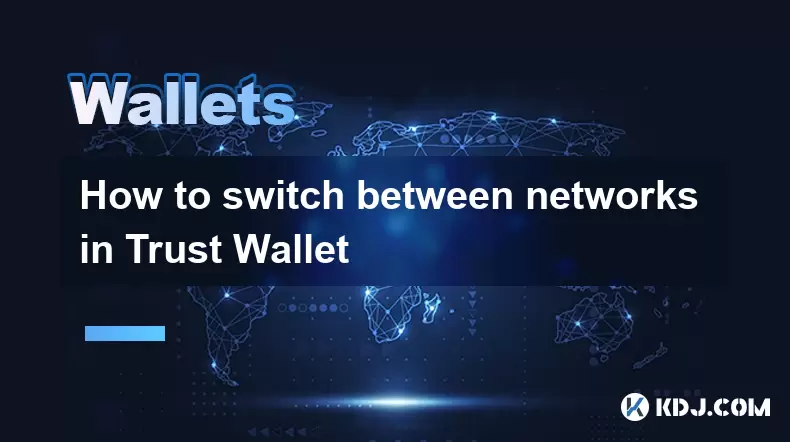
How to switch between networks in Trust Wallet
Aug 09,2025 at 11:07am
Understanding Network Switching in Trust WalletSwitching between networks in Trust Wallet allows users to manage assets across different blockchains, ...
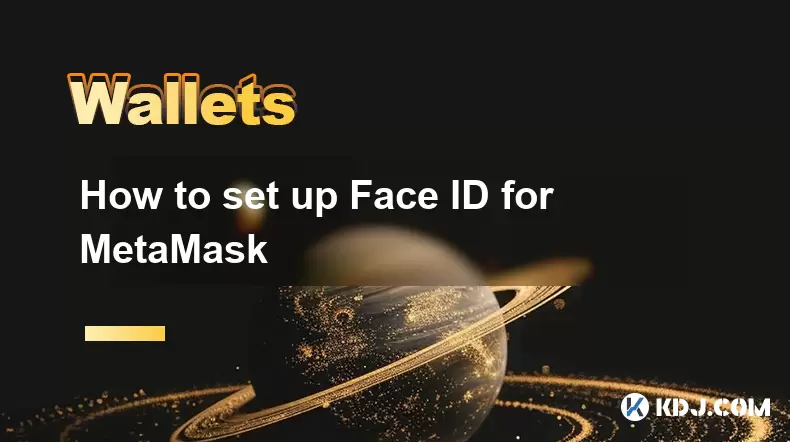
How to set up Face ID for MetaMask
Aug 12,2025 at 02:42am
Understanding Face ID and Its Role in MetaMask SecurityMetaMask is a widely used cryptocurrency wallet that allows users to interact with the Ethereum...
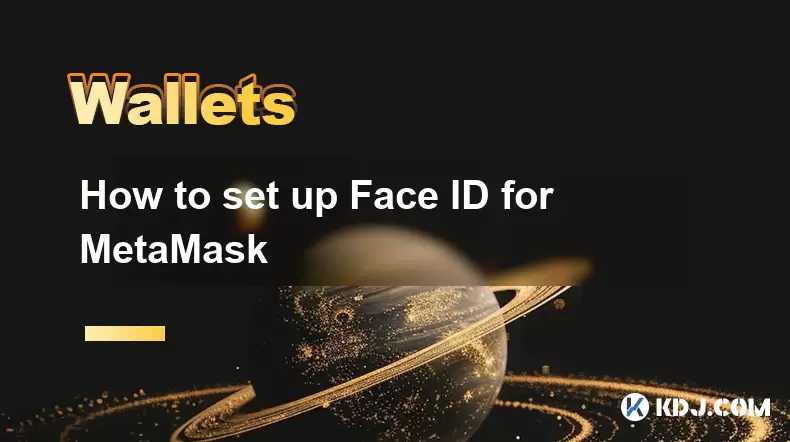
How to set up Face ID for MetaMask
Aug 11,2025 at 09:28am
Understanding Face ID and Its Role in MetaMask SecurityFace ID is a biometric authentication system developed by Apple that uses facial recognition to...

How to manage your portfolio in Exodus wallet
Aug 08,2025 at 10:07pm
Understanding the Exodus Wallet InterfaceThe Exodus wallet is a non-custodial cryptocurrency wallet that supports a wide range of digital assets. When...

How to reset your MetaMask password
Aug 08,2025 at 01:28pm
Understanding the MetaMask Password Reset ProcessMany users confuse the MetaMask password with the seed phrase or private key, but they serve differen...

How to buy Dogecoin on MetaMask
Aug 08,2025 at 03:42am
Understanding Dogecoin and MetaMask CompatibilityDogecoin (DOGE) is a popular meme-based cryptocurrency that operates on its own blockchain, originall...

How to switch between networks in Trust Wallet
Aug 09,2025 at 11:07am
Understanding Network Switching in Trust WalletSwitching between networks in Trust Wallet allows users to manage assets across different blockchains, ...

How to set up Face ID for MetaMask
Aug 12,2025 at 02:42am
Understanding Face ID and Its Role in MetaMask SecurityMetaMask is a widely used cryptocurrency wallet that allows users to interact with the Ethereum...

How to set up Face ID for MetaMask
Aug 11,2025 at 09:28am
Understanding Face ID and Its Role in MetaMask SecurityFace ID is a biometric authentication system developed by Apple that uses facial recognition to...
See all articles

























































































